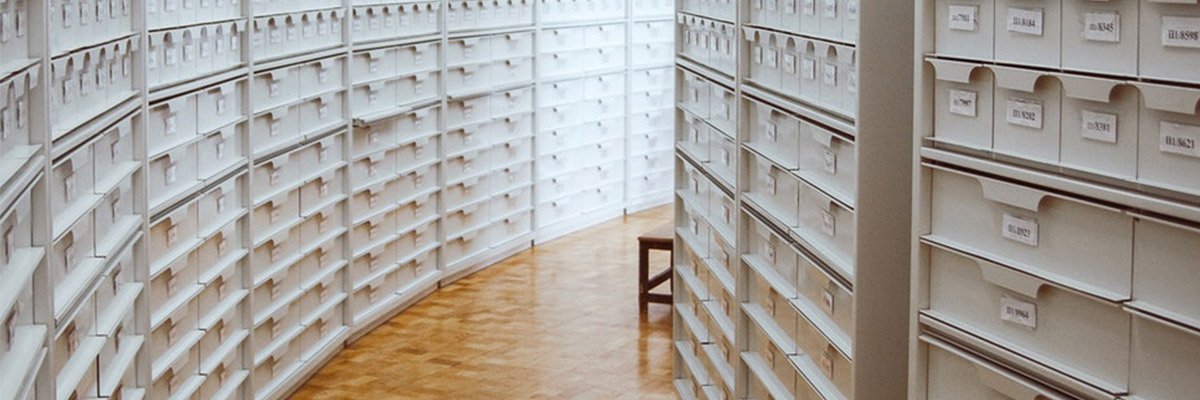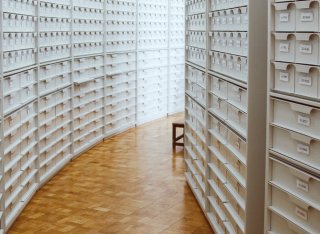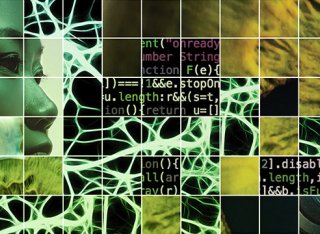
Distributed ledger technologies
We are investigating alternative uses for distributed ledger technology (DLT), including safe online identity, healthcare, and secure digital archives. The new approach, fusing DLT (trusted data) and AI (making sense of that data), is a common thread across all of our projects in DLT and a unique perspective to this emerging technology pioneered by the University of Surrey.
Research lead

Professor John Collomosse
Professor of Computer Vision and AI | Director DECaDE: UKRI/EPSRC Centre for the Decentralised Digital Economy
Harnessing the power of distributed ledger technologies

Blockchain is the technology that powers Bitcoin, a virtual currency now used by millions online. The unique property of Blockchain, and similar distributed ledger technologies (DLT), is the ability to store tamper-proof data without relying on a single person or organisation. Can this technology have uses beyond the financial sphere?
We are investigating alternative uses for DLT, including safe online identity, healthcare, and secure digital archives. The new approach, fusing DLT (trusted data) and AI (making sense of that data), is a common thread across all of our projects in DLT and a unique perspective to this emerging technology pioneered by the University of Surrey.
The TAPESTRY project, led by our Centre, improves online safety and de-risks the digital economy, by helping people make better decisions on who to trust online. Professor John Collomosse, Professor of Computer Vision, says: “TAPESTRY allows users to prove the provenance of their online digital identity, using DLT to collect a tamper-proof trail of digital breadcrumbs from user’s digital interactions online and AI to spot patterns in that data. This ‘tapestry’ of breadcrumbs can be used to prove someone’s trustworthiness to another person, service or business on the Internet.”
Another use of DLT technologies is to make personal data exchange safe. In the CoMEHeRe project, a combination of AI and DLT is improving preventative healthcare, by creating a brokering system that enables users to exchange data from their wearable fitness bands to healthcare providers in return for micro-payments. Unlike current systems, users retain agency of what kinds of data they share, to whom, and crucially can opt-out. None of these properties exist in the current wearable data market where band manufacturers typically silo and re-sell users’ wearable data in bulk.
ARCHANGEL the evidence of the past

Our ARCHANGEL initiative responds to an urgent need to transform and secure archives in a rapidly changing, digital world to allow their openness and integrity for future generations. Institutions like The National Archives are the lens through which future generations will view the events of today. Fake news and post-truth politics are just recent reminders of the critical importance of objective and trustworthy evidence.
The project is a collaboration with The National Archives at Kew and the UK Open Data Institute (ODI). It safeguards the UK’s national archives by using computer vision and AI to visually ‘fingerprint’ documents as they are received into the archive. Those fingerprints are stored indelibly into a Blockchain, and can be used to verify that documents inside the archive have not been tampered with or accidently corrupted during its care.
Research projects
TAPESTRY (EPSRC, £1.1m) with cyber security
- Trust, Authentication and Privacy over a De-Centralised Social Registry (TAPESTRY) de-risks the UK digital economy via new technologies to enable people, businesses and services to connect safely online
- TAPESTRY collects digital trails of users' interactions (photos, comments, likes, 'internet of things'), into a blockchain on an opt-in basis, as encrypted trust evidence.
ARCHANGEL (EPSRC, £487k) with CoDE
- Archives are the lens through which future generations will see today – their integrity and objectivity is fundamental to society
- Trusted Archives of Digital Public Records (ARCHANGEL) fuses AI and blockchain to ensure the integrity and sustainability of digital public archives e.g. The National Archives
- Computer vision/AI used to derive ‘digital fingerprints’ from archive documents and store in blockchain
- Smart contracts for sustainable digital business models
- A collaboration with The National Archives, and Tim Berners-Lee’s Open Data Institute (ODI) and Guardtime.
CoMEHeRe (EPSRC, £425k) with CoDE
- If you wear a FitBit or a similar wearable, your personal healthcare data is being hoarded in a data silo and sold
- Co-operative Models for Evidence-based Healthcare Redistribution (CoMEHeRe) combines AI and blockchain to create a new economic model for that data e.g. users broker data to healthcare providers
- Users gain agency over their data and ability to commoditise it
- We have a live trial – 100 students currently wearing our prototype wearable, and AI algorithms being developed to predict stress/anxiety.









